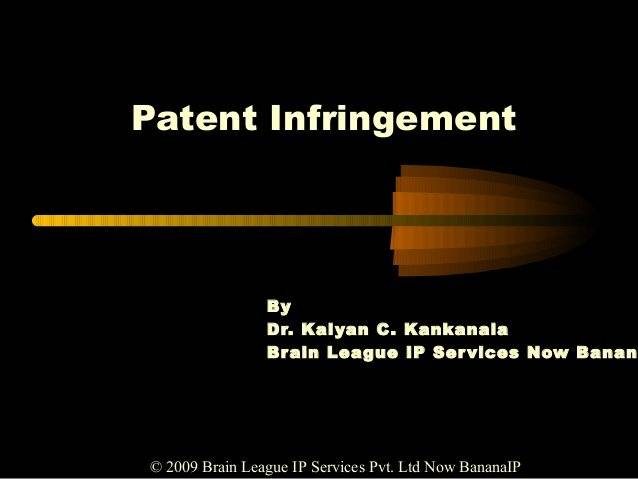First Publication Date: 18th December 2009
In this case, the Appellant, Laxmi Dutt Roop Chand, was the patent holder of a patent relating to the process of manufacture of hollow wares, such as ‘lotas’, ‘batwas’, ‘degchis’, ‘batlois’ and so on. The Appellant filed a patent infringement suit against the Respondents, Nankau and others, claiming that their process of manufacturing hollow wares violates the patents held by the Appellant and prayed for a permanent injunction restraining the Respondents from manufacturing the hollow wares using the process. In response to the infringement suit of the Appellants, the Respondents claimed non-infringement and counter-claimed for revocation of the patent.
The Court compared the claims of the patent with the process being used by the Respondents and held that the Respondents were not liable for patent infringement because their process does not fall within the scope of patent claims. The Court differentiated the process of the Respondents from that claimed in the Appellant’s patent in the following manner:
- The ‘darja’ of the Appellant used in the process was almost square and had two lateral sides and the side of the ramming hole was almost equal; but the side of the pouring basin was not flat. On the other hand, the darjas which were seized from the Respondents’ place had a straight base in which the two lateral sides did not exist, but only a semicircular frame with pouring basin existed;
- The system of clamping the two parts In the Respondents’ darja was absolutely different from that of the Appellant’s darja. While the Appellant’s darja had guide pins and sockets, such pins and sockets were absent in the Respondents’ darja. The Respondent’s clamps were also of a different type from that of the Appellant;
- While the right and left sides of the two halves of the mould box had iron boards in the Appellant’s darja, the Respondents were using wooden planks which were fixed to the iron darja by nuts and bolts;
- The Appellant had a core attached to the core supporting plate; but the core (which had been described in the Appellant’s evidence as a neel (mathani) was totally missing in the Respondents darja;
- Though the initial process demonstrated by the Respondents in Court for filling sand in the darja was almost identical with the process of the Appellant, yet there being no core or mathani in the Respondents’ darja the subsequent process given in the description for fixing the core with the supporting plate inside the mould was totally missing from the Respondents’ mould box;
- According to the patented process the making of the central core with the aid of core supporting plate was an essential ingredient in the Appellant’s process; but there was nothing like it in the process demonstrated by the Respondents with the aid of the mould box; and
- In the process adopted by the Respondents for manufacture of hollow-wares a solid sand model of the inner side of the hollow was formed in the Respondents’ process while in the Appellant’s patented process there was core embedded inside.
Based on the comparison and evidence submitted, the Court held that the process of the Respondents had different steps from that of the Appellant and therefore was not infringing.



